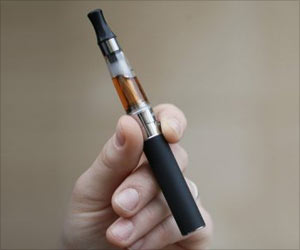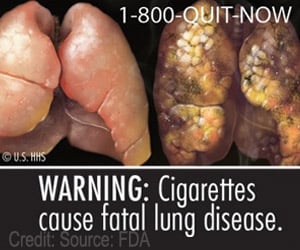Recent spike in e-cigarette use among teenagers does not indicate nicotine epidemic as feared.

‘Many US youth who use vaporisers do not vape nicotine, they are candidates for primary interventions, which are particularly strategic to combat nicotine use.’





It is widely assumed that teen vapers are vaping nicotine, so in a bid to find out exactly what substances they are vaping, the researchers quizzed almost 15,000 students about their vaping experiences as part the 2015 Monitoring the Future Survey--an annual, nationally representative study of 8th, 10th, and 12th grade students.Some 3837 of the students had vaped at some point, and of those who had vaped within the past month, 1701 had done so at least once; 1085 had done so up to five times; and 616 had done so more than half a dozen times.
Among those who had ever vaped "just flavouring" was by far the most commonly vaped substance at last use for around two thirds of students across all three grades.
This answer was more common than all the others combined.
Vaping of nicotine came in a distant second, with one in five (20%) 10th graders, a similar proportion (22%) of 12th graders, and 13% of 8th graders, giving this answer. Vaping of marijuana was reported by just a few respondents--6% to 7% of students in all grades, while the remainder either did not know what they had last vaped (6%, 7%, and 14% in grades 8, 10, and 12, respectively) or had vaped some other substance (1% or less in each grade).
Advertisement
Efforts to ban the sale of vaporisers and e-cigarettes to teens on the grounds that these devices always intrinsically deliver harmful substances may not be backed up by the evidence, they caution, suggesting that other approaches may be more effective.
Advertisement
"These results indicate that while taking into account vaporiser use does indeed increase tobacco/nicotine prevalence, the impact of vaporisers is likely not as large as might appear by their recent, dramatic increase in use among adolescents," write the researchers.
And they add "Because many US youth who use vaporisers do not vape nicotine, they are candidates for primary interventions, which are particularly strategic to combat nicotine use, because they take place before the need to address nicotine's addictive properties."
Source-Medindia














